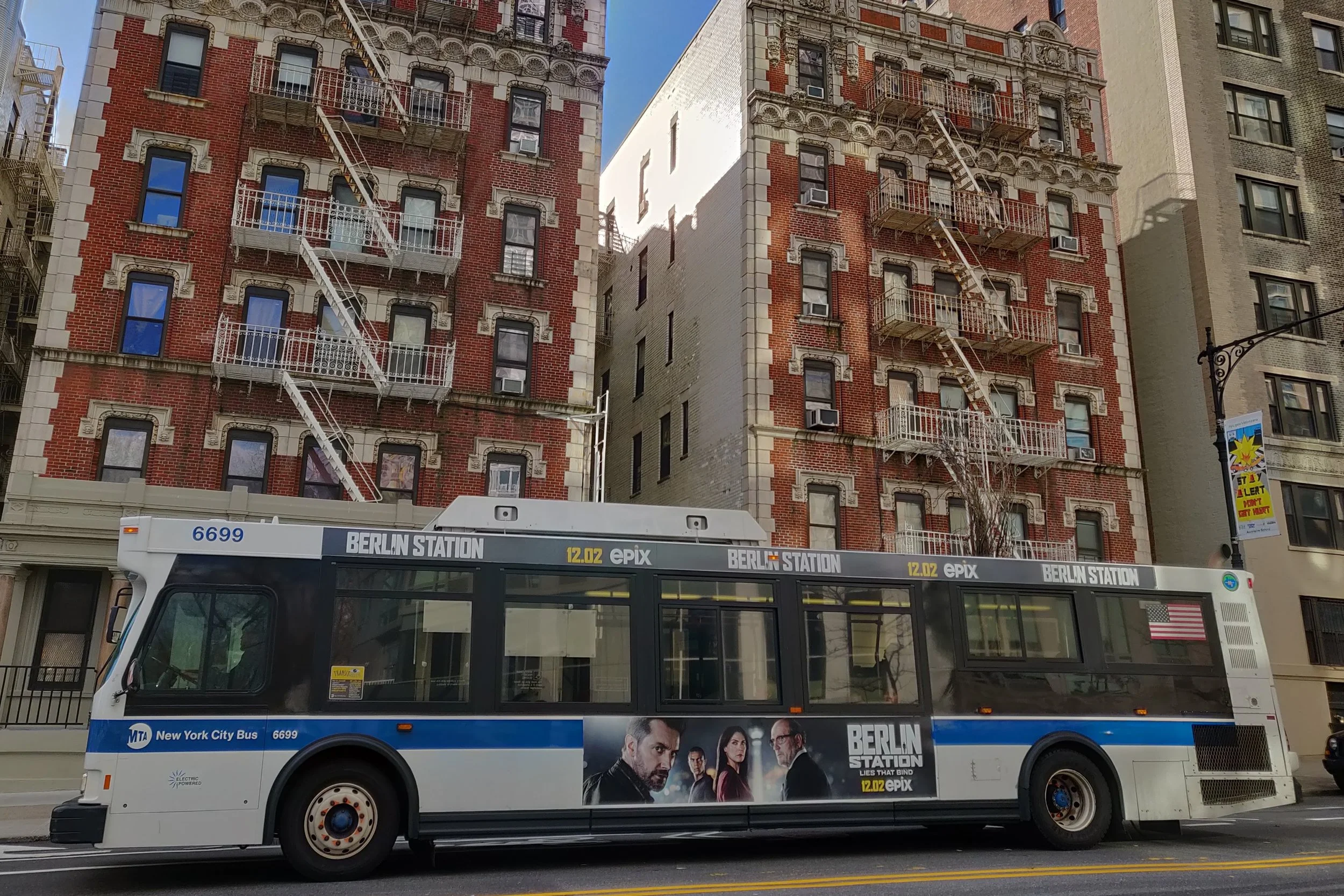NYC’s Free Bus Plan: Bold Idea, Wrong Fix?
There’s something energizing about seeing a new, young, and inspiring candidate bring fresh ideas to the table. Zohran Mamdani, New York’s new Democratic candidate for mayor, embodies that spirit. His campaign is driven by a clear commitment to fairness, inclusivity, and challenging the status quo — values that resonate strongly in a city where so many depend on public transport to access jobs, education, and opportunity.
One of his headline proposals is to make all city buses free. It’s an idea that’s easy to get behind emotionally. Who wouldn’t want to see transport made more accessible, especially for those struggling most? But as I wrote in my 2018 piece Why making public transport free is a bad idea, this type of proposal — while well-intentioned — often turns out to be a false good idea.
The appeal of free buses — and the reality beneath
Let’s be clear: Mamdani’s motivation is admirable. A one-year pilot of free buses on five NYC routes did show positive outcomes:
Ridership rose by about 30% on weekdays and nearly 38% on weekends.
Driver assaults fell by nearly 39%.
These results reflect the potential of fare reforms to remove friction points and encourage use. But the deeper question is: Does making buses free address the real problems of New York’s bus system?
The hard data says no.
Average Bus Speed by Borough (2015-2024) - source: MTA Bus Speeds: 2015-2019 and MTA Bus Speeds: 2020 – 2024
According to the New York City Comptroller’s 2025 report Behind Schedule, NYC buses are among the slowest in the nation, crawling along at an average speed of just 7.4 mph (11.9 km/h). On busy routes, they often dip well below that, delayed by congestion, double-parked vehicles, and insufficiently enforced bus lanes. The MTA’s granular speed data confirms these trends: average speeds remain unacceptably low, especially where buses are most needed.
Moreover, NYC bus ridership still hasn’t recovered to pre-COVID levels.
Total Annual Bus Ridership - source: MTA Monthly Ridership / Traffic Data: Beginning January 2008
Today, bus ridership remains stuck at about 60–70% of 2019 levels, varying by route and borough. This isn’t just about pandemic-related changes — it reflects deep frustrations with slow, unreliable service. Fare removal alone won’t reverse this trend. Riders need buses that are faster, more dependable, and safe if we want to see meaningful recovery and growth.
The funding paradox
There’s no such thing as free transport. Fares contribute a meaningful portion of the operating budget — in NYC’s case, around $650–700 million per year for buses. If that revenue disappears, it must be replaced with secure, long-term public funding. Without that, the risk is clear: service quality suffers. Fewer buses on the road, delayed maintenance, overcrowding, poorer working conditions for drivers — all of which harm the very communities that free buses aim to help.
So what would be a better use of those hundreds of millions?
Instead of eliminating fares, NYC could:
Expand dedicated bus lanes and enforce them rigorously.
Bus lanes are proven to reduce delays and improve reliability. A dollar invested here buys lasting service improvements.Introduce all-door boarding citywide.
Boarding through all doors speeds up stops, reduces delays, and makes the system more efficient — without sacrificing revenue.Modernize signals and intersections for transit priority.
Give buses priority at traffic lights to keep them moving through congested areas, particularly in outer boroughs where service gaps are largest.Upgrade the bus fleet to cleaner, quieter, more reliable vehicles.
Invest in electric buses and modern maintenance to improve air quality, reduce breakdowns, and enhance rider comfort.Strengthen and expand participation in targeted fare programs like Fair Fares.
Instead of free rides for all, direct subsidies to those who need them most — low-income New Yorkers who are disproportionately dependent on buses. But current programs like Fair Fares are not well-known and currently underutilized at around 38% participation.Improve bus stops and rider information.
Simple investments in shelters, seating, lighting, and real-time arrival information make buses more attractive and usable, especially for the elderly and families.
By focusing resources on these priorities, NYC could deliver real improvements in equity, service quality, and sustainability — without undermining the financial foundations of the transit system.
The bigger picture
Zohran Mamdani deserves credit for putting public transport at the heart of the political debate. His proposal has sparked essential conversations about who public transport serves, how we fund it, and what kind of city we want. But as we move from vision to action, we must ensure our solutions are both ambitious and practical.
As I argued in my 2018 article, free transport policies often sound progressive but can divert attention — and funding — from what matters most: building a system that is reliable, efficient, and inclusive by design.
New York’s bus riders deserve better. And better starts not with free fares, but with buses that actually work.
👉 Let’s keep the debate going: How do we balance accessibility, sustainability, and quality in urban transport? I’d love to hear your thoughts.
References
📌 Behind Schedule: How New York City’s Bus System Slow Rolls Riders – NYC Comptroller
📌 Beyond the Route: Introducing Granular MTA Bus Speed Data
📌 Why Making Public Transport Free Is a Bad Idea


